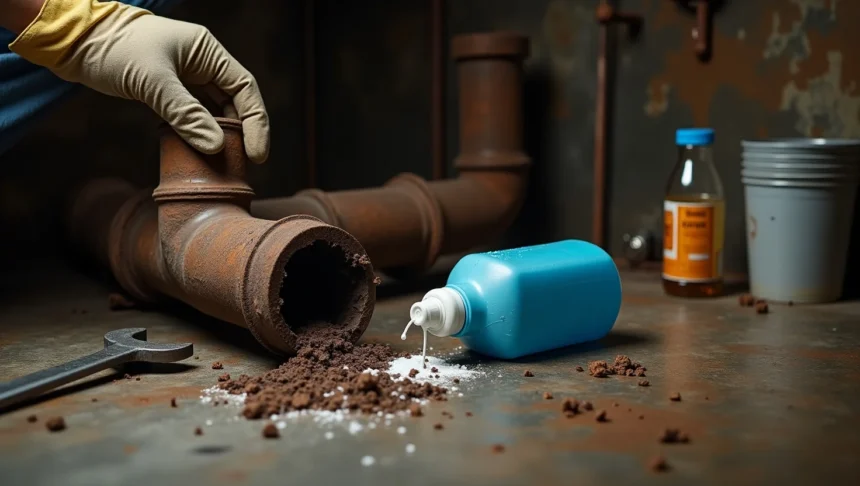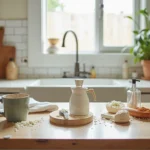Plumbing in old houses is like the tough guy nobody notices—those cast iron pipes or galvanized steel setups have been toughing it out for decades, maybe even a hundred years. But here’s the dirty secret no one spills: modern soap—the stuff you snatch off the store shelf—can quietly trash that old system without you catching on until it’s a nightmare. We’re not talking about your grandma’s homemade bar soap that smelled like lavender and melted away clean. Nope, it’s the liquid gels, body washes, and detergent-packed cleaners that sneak into your drains and cause havoc. This isn’t a sudden flood—it’s a slow grind that can clog, rust, or crack your pipes over time. Let’s unpack this mess, figure out who’s making the soap, and what you can do about it.
How Modern Soap Wrecks Old Pipes
Modern soaps, especially the liquid ones, are packed with stuff old plumbing can’t handle. Back in the day, people used basic bar soap—mostly lye and animal fat—that broke down fast and didn’t leave much behind. Now, you’ve got synthetic detergents, foaming junk like sodium lauryl sulfate, and thick goo that sticks around. When that slides down your drain, it clings to the rough insides of cast iron or steel pipes, which aren’t smooth like today’s plastic ones.
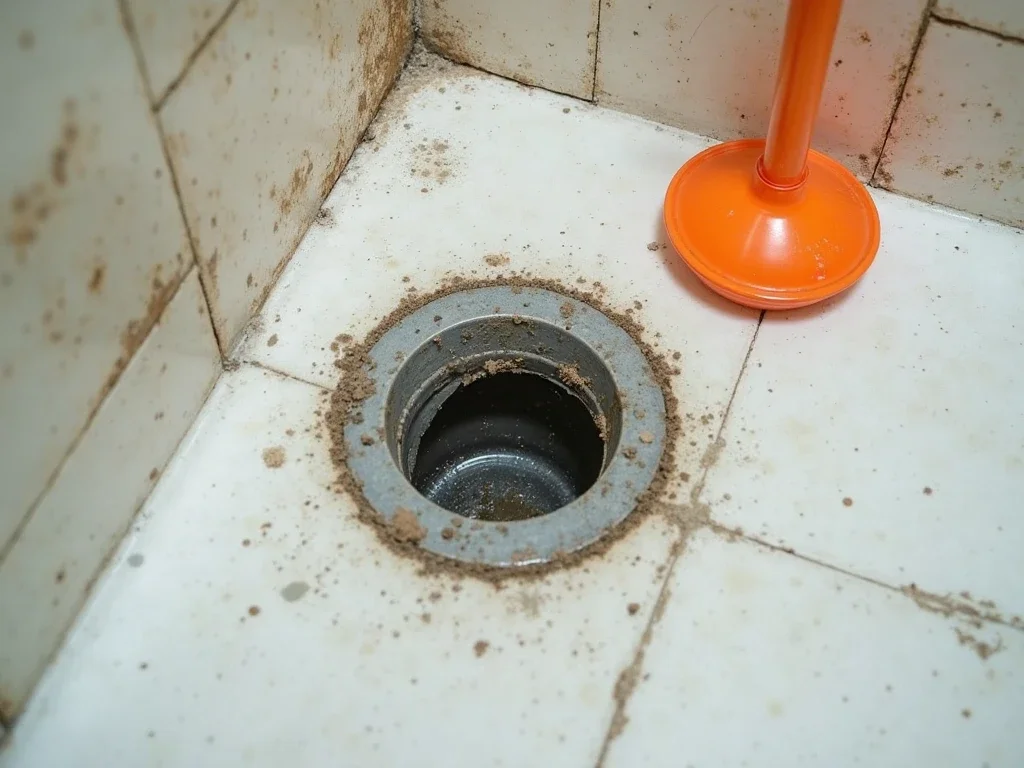
Over months or years, that sticky mess turns into a greasy lump. It grabs hair, food scraps, and dirt, building up into a clog that’s a real headache to fix. Plus, some soaps have acids or alkaline bits that chew on metal, leaving little pits or rust spots. A plumber I chatted with said he’s seen pipes from the ‘40s get brittle and leak because of this slow chemical hit. You won’t notice it right away, but wait a decade, and you might be ripping up floors for a new system.
Who’s Making This Soap Trouble?
So, who’s cooking up these soaps that mess with your pipes? Big dogs like Procter & Gamble (think Dawn dish soap or Tide), Unilever (with Dove and Suave), and Colgate-Palmolive (behind Softsoap) are the main culprits. They’ve been pumping out liquid soaps since the ‘80s, ditching bars for stuff that foams up nice and feels fancy. Some chemists—smart folks from schools like Stanford or NYU—whipped up these recipes to sell more and make cleaning a breeze. They’re not out to get you; they just want your cash, but they didn’t care about your old pipes.
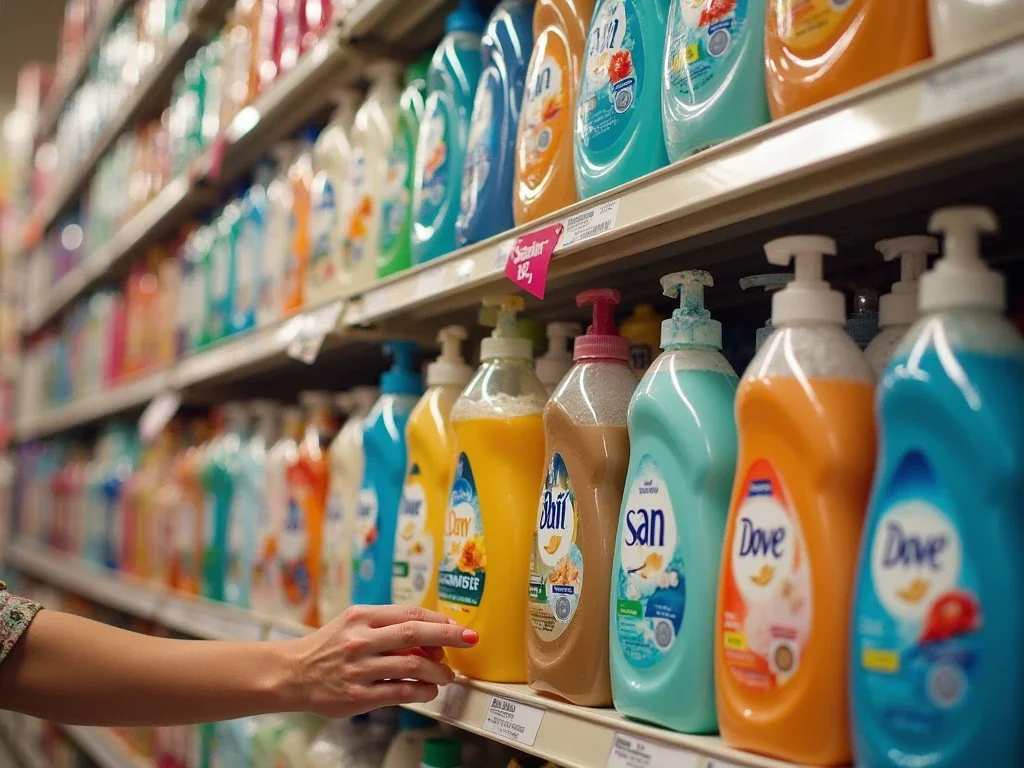
Even the “green” brands like Method or Seventh Generation jump in, bragging about being natural. But their stuff still uses detergents like cocamidopropyl betaine, which leaves residue anyway. These companies test how it feels on skin or breaks down in nature, not how it treats your 1930s plumbing. Nobody’s shouting about it because it’s a slow problem, and most people point fingers at hair clogs instead.
The Hidden Damage You Don’t Spot
The trouble starts quiet and stays out of sight. That soap film coats your pipes, and since classic systems have rough insides, it piles up faster than on slick plastic. Cast iron’s like sandpaper in there, snagging every bit of gunk. After a while, you might get slow drains or weird bubbling noises, but by then, the sludge’s already thick inside. A guy on a home fix forum said he yanked out a pipe chunk that was half stuffed with soap scum after years of liquid hand soap.
Rust is the other nasty surprise. Some soaps have pH levels that mess with metal—too sour, and it eats the pipe; too harsh, and it weakens the seams. Galvanized steel, big in the ‘50s and ‘60s, takes a beating because its zinc layer wears off with all that exposure. You won’t see a drip for years, but when it goes, it’s a waterworks disaster. Check your basement after a decade of this stuff, and you might spot rusty patches you never knew were there.
Clues Your Pipes Are Getting Hammered
You won’t catch this early unless you’re paying attention. If your sink or shower drain’s taking forever to empty, that’s the first hint. Gurgling when you run water means air’s stuck behind buildup. Crawl under your house or peek in the basement—if your cast iron pipes have dark, crusty spots or white, powdery junk (that’s mineral buildup from soap), it’s trouble. A friend found his shower backing up after years of body wash, and the plumber said the pipe was nearly blocked solid with soap gunk.
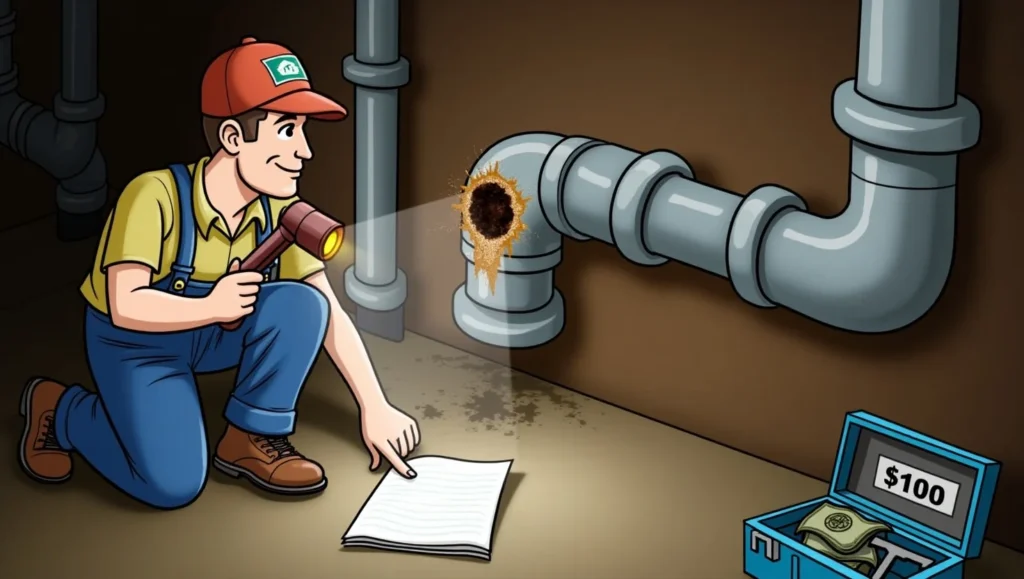
Foul smells are another red flag—rotten egg stink means bacteria’s growing in the mess. If your water pressure’s weak or you see leaks, it’s late in the game, and the soap’s likely a big player. Don’t wait for a total backup; jump on it when the drain’s just sluggish.
How to Fight Back
You don’t have to ditch soap—good luck staying clean without it—but you can cut the damage. Swap in old-school bar soap now and then; grab something like Kirk’s Castile or Dr. Bronner’s, made with natural oils that rinse away better. Use it for hands or face to lighten the load on liquid stuff. For showers, try a gentle body wash like Aveeno Daily Moisturizing—it’s lighter and less sticky.
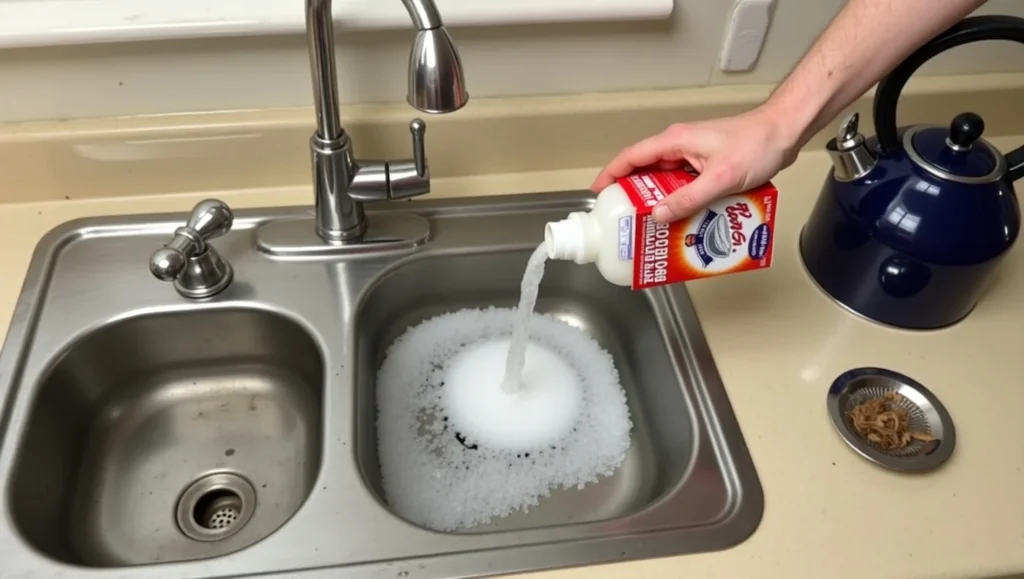
Flush your drains once a month with vinegar and baking soda—half a cup of each, dump it in, let it fizz for 15 minutes, then hit it with hot water. It loosens soap buildup without nasty chemicals. Get a cheap drain strainer to catch hair and food bits before they join the gunk party. If you’ve got cast iron, get a plumber to check it every couple years—runs about $100-150, but it’s cheaper than a $5,000 pipe job.
Why It Hits Classic Homes Hard
Old houses—built before the ‘70s with cast iron or galvanized steel—weren’t made for today’s soap craze. Newer homes use PVC or CPVC, which are slippery and don’t grab gunk, but your classic setup’s a different story. A 1940s place might last a century if you treat it right, but modern soap can shave that life in half. I heard from a guy on a DIY site who swapped out his whole system after 20 years of liquid soap turned his cast iron into a rusted mess.
This isn’t just about clogs—it’s about keeping your house from falling apart. Catch it early, and you save money and stress. Let it slide, and you’re tearing up walls when the pipes give out.
The Straight Scoop
Nobody clues you in because it’s a slow, dull problem—soap companies want sales, plumbers want big fixes, and homeowners don’t think about pipes until they burst. But modern soap’s a quiet killer for old plumbing, and it’s been at it since liquid soap took over. Start with easy moves—bar soap, vinegar flushes—and keep an eye on your drains. Snap a pic of your pipes if you can get under there once a year; check for changes. In five years, you might be glad your sink’s still running and your bank account’s not drained from repairs.


